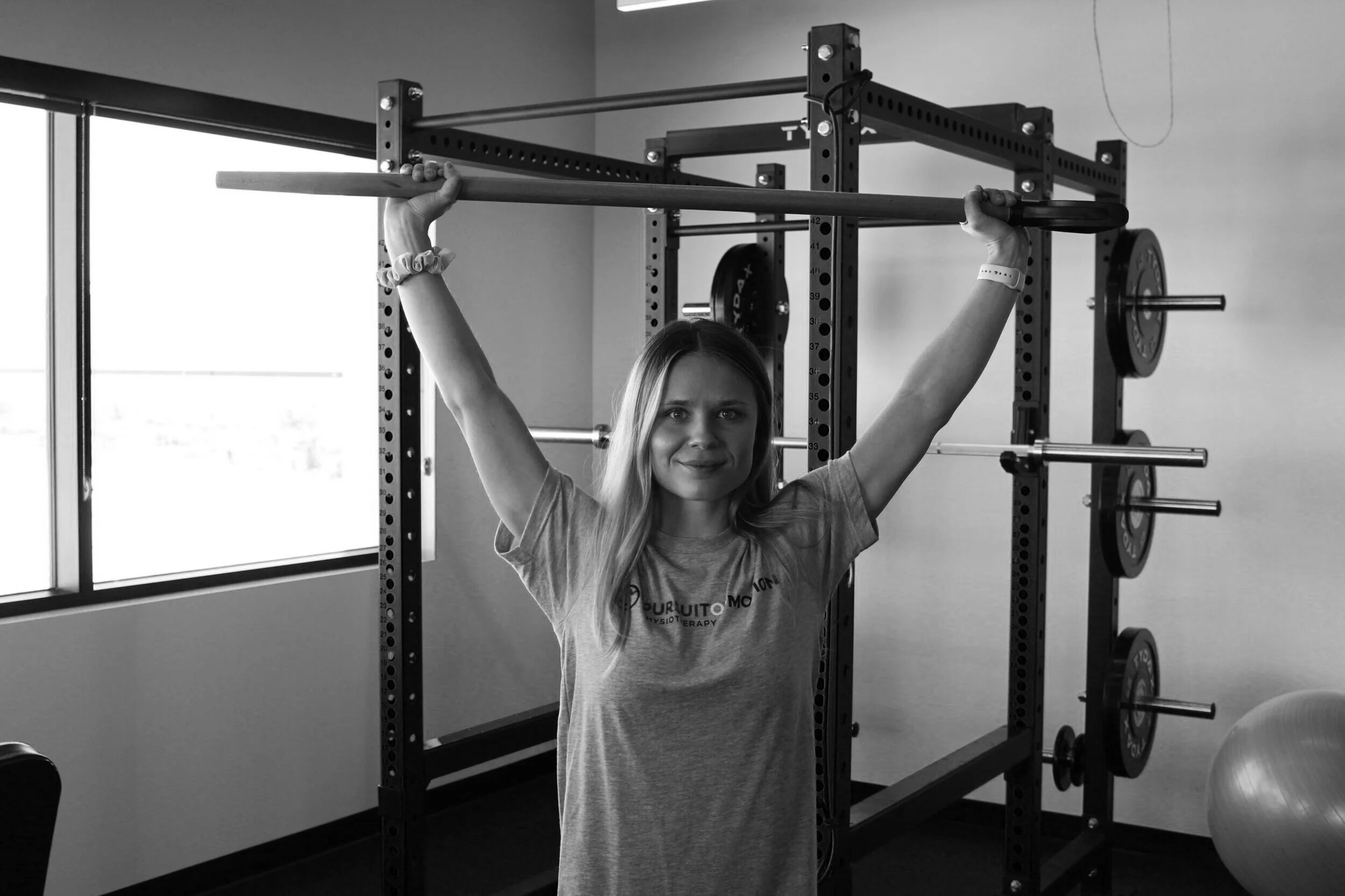Running injuries may occur due to overload, which is caused by an increase in training volume (either distance or pace). It is important to progress your training appropriately, in order to avoid injury and get the most out of your training!
A good rule of thumb to follow when increasing training volume is the 10% rule. Check out our tips in this blog to learn more about the 10% rule and how to progress your training.
Read More










